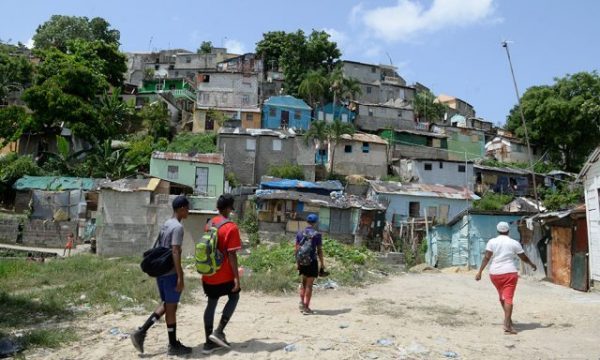
Experts on urban studies are amazed at how quickly urban areas become fetid slum areas while authorities seem to just watch. There are areas that one sees from the bridges across the Isabela and Ozama rivers or from some of the major thoroughfares. They are often nestled up against areas considered high-cost and up-scale. Others are historically present since the mid-1950s, despite the efforts of the Trujillo dictatorship to stem urban blight. Places such as Gualey, Domingo Savio, Los Guandules are well known to social workers, religious groups and governments. The unhealthy conditions, crowding and lack of basic public services seem to call out for solutions, but these seem to be slow in coming.
Comments gathered by reporters from the El Caribe newspaper show that generations of family members have grown up in these areas, working at anything that will pay enough to...
Continue reading...
Last edited by a moderator:

